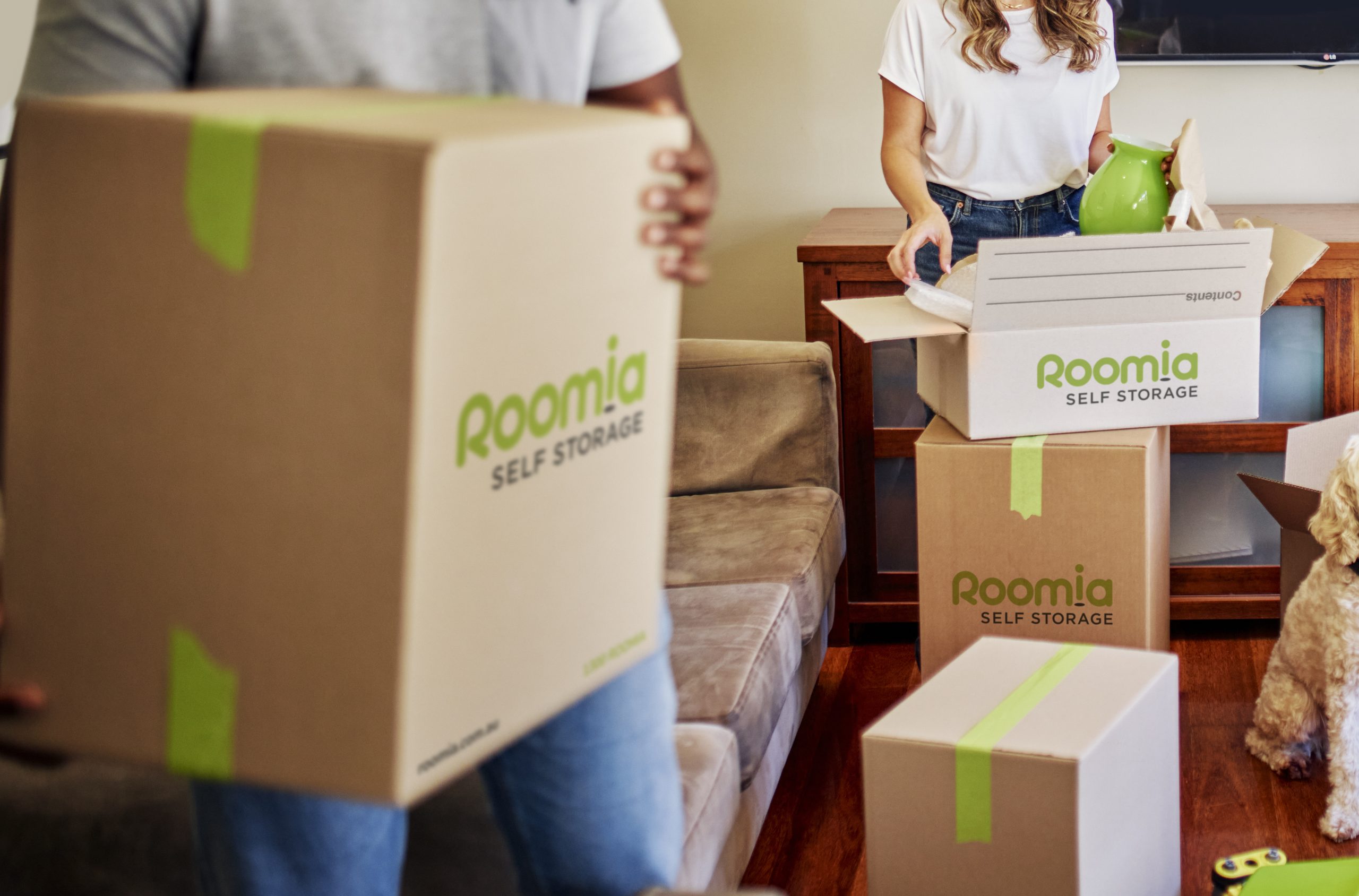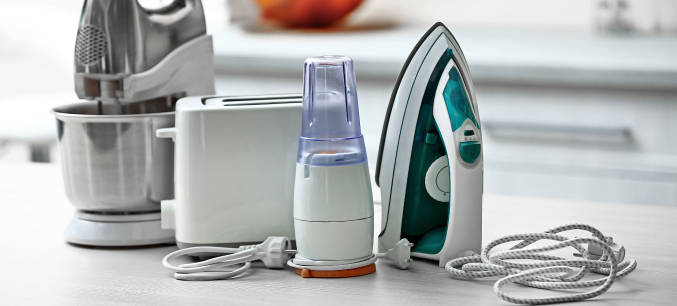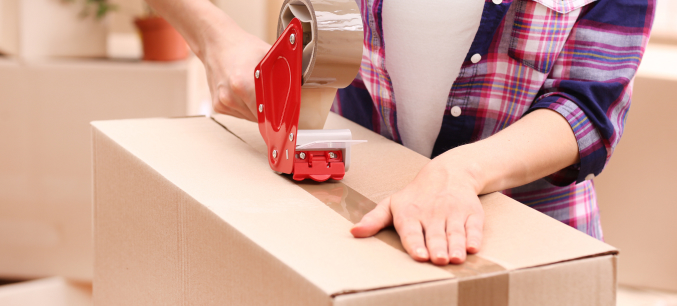How to Pack a Storage Unit Like a Pro

There’s nothing more frustrating than standing in front of your storage unit, wondering how you’re going to fit everything in without creating a jenga tower that’ll come crashing down the moment you need something from the back.
Whether you’re downsizing, moving between homes, or just need breathing room while life gets complicated, smart packing makes all the difference between a storage unit that works for you and one that becomes an expensive headache. Australian conditions add extra challenges, from humidity that warps cardboard to heat that damages electronics.
Key takeaways:
- Plan before you pack: Create a simple inventory and choose the right unit size. A bit of planning prevents expensive mistakes and multiple trips.
- Box smart, not hard: Use sturdy, uniform boxes and pack heavy items in small boxes, light items in large ones. Fill gaps to prevent shifting during storage.
- Create walkways that work: Leave 60-90cm pathways through your unit. You’ll thank yourself when you need to find something without moving half your belongings.
- Stack like a pro: Heavy items on the bottom, lighter on top. Build stable columns rather than leaning towers that’ll topple when you least expect it.
- Label everything clearly: Mark boxes on multiple sides with contents and room of origin. Your future self will appreciate the effort.
- Protect against Australian conditions: Use climate control for valuable items or moisture absorbers in standard units.
- Secure your investment: Quality locks, insurance coverage, and regular check-ups protect against theft and environmental damage.
How to Plan and Prepare for Packing
Smart storage starts before you even rent a unit. A little upfront planning saves money, prevents damage, and keeps everything organised.
If you’re packing a storage unit as part of a house move, our moving house checklist includes helpful timing strategies for coordinating storage with your moving timeline.
Getting Your Unit Size Right
List Everything First: Walk through your home and note what’s going into storage. Group by room and estimate box quantities. This prevents the expensive surprise of needing a bigger unit halfway through packing.
Add Buffer Space: Choose a unit 10-15% larger than your calculated needs. This extra space allows for walkways, future additions, and room to organise properly without cramming everything in.
Consider Access Patterns: Think about what you’ll need to retrieve during storage. Seasonal decorations, documents for tax time, or kids’ outgrown clothes should be easily accessible.
What Storage Unit Packing Supplies Should You Use?
The right gear protects your stuff and maximises space. Here’s what works and what doesn’t.
Essential Protective Materials
Grab uniform, sturdy double-walled boxes for heavy loads like books. Wrap fragile items in bubble wrap, not newspaper, which stains and lures pests. Use strong packing tape in an H-pattern on the bottoms and seams. Special boxes like mattress bags or wardrobe units shield specific items better than DIY hacks.
Materials to Avoid
Skip plastic bags—they trap moisture, a mould risk in our humid summers. Old boxes collapse, and cheap tape fails, spilling contents. These shortcuts cost more in damage than they save.
How to Pack and Move Like a Pro
The difference between a storage unit that serves you well and one that becomes a nightmare lies in using proven packing methods that protect items while maximising usable space.
The Golden Rules of Box Packing
Heavy Low, Light High: Pack heavy items like books in small boxes (you’ll thank your back later), and light items like bedding in larger containers. This creates stable stacks that won’t topple.
Fill Every Gap: Empty space means items shift and get damaged. Use bubble wrap, packing paper, or soft items like towels to fill gaps completely.
Zone-Based Organisation: Group similar items—sports gear, kitchen stuff—by category or original room. Match zones to your inventory for easy tracking.
Smart Furniture Handling
Disassemble What You Can: Bed frames, dining tables, and modular furniture pack much more efficiently when broken down. Keep all hardware in clearly labeled bags taped to the main piece.
Protect Surfaces: Wrap furniture in moving blankets or purpose-built furniture covers. Avoid plastic wrap which traps moisture and can cause mould in humid conditions.
Use Furniture as Storage: Dressers, wardrobes, and cabinets can hold other items while in storage. Just ensure contents are properly secured and documented.
Creating a Layout That Works
How you arrange your storage unit determines whether it becomes useful storage or an expensive dumping ground.
The Professional Layout Approach
Create Clear Pathways: Plan 60-90cm walkways that allow you to reach the back of your unit without moving everything. These aren’t wasted space, they’re essential for accessing your belongings.
Build Stable Zones: Create distinct areas for different item categories: furniture along walls, boxes in stable stacks, frequently needed items near the front.
Use Vertical Space: Most storage units have 2.4-3 metre ceiling height. Stack boxes to the ceiling using proper weight distribution, but ensure top boxes are light and stable.
Access Strategy
Front-Load Frequent Items: Place anything you might need during storage near the entrance. Seasonal decorations, business records, or sporting equipment should be easily reachable.
Map Your Layout: Take a photo of your packed unit and keep a simple map of where different categories are located. This saves time and prevents unnecessary searching.
Security That Gives You Peace of Mind
Protecting your belongings goes beyond just locking the door. Smart security protects against theft, damage, and insurance complications.
Essential Security Measures
Insurance Coverage: Check whether your home insurance covers stored items or if you need additional coverage. Many facilities offer insurance options that are more comprehensive than home policy extensions.
Documentation: Photograph valuable items before storage and maintain inventory lists with estimated values. This documentation speeds up insurance claims if needed.
Regular Maintenance
Monthly Check-ups: Visit your unit regularly to check for moisture, pest activity, or security issues. Early detection prevents small problems becoming expensive disasters.
Seasonal Adjustments: Adjust moisture absorbers after humid periods, check that locks and security devices remain functional, and ensure pathways stay clear.
At Roomia, our on-site managers provide an extra layer of security through regular facility monitoring and are always available to help with access or storage questions.
Making Your Storage Unit Work Long-Term
Effective storage isn’t just about getting everything in – it’s about creating a system that serves you well throughout your storage period.
With Roomia’s personal storage solutions, our modern facilities also feature wide aisles that make loading and accessing your unit much easier than cramped older facilities.
Staying Organised
Keep a simple inventory that you update when adding or removing items. Digital photos of your unit layout help you remember where everything is located.
Consider creating different zones for seasonal access – holiday decorations accessible before December, tax documents easy to reach before July.
Future-Proofing Your Setup
Choose storage providers with flexible terms that accommodate changing needs. Business growth, family changes, or life transitions often require different storage solutions.
Plan your packing to accommodate periodic additions or removals without completely reorganising your entire unit.
Making Storage Work for You
Smart storage unit packing protects your belongings while giving you the space and flexibility you need. Whether you’re between homes, downsizing, or dealing with life’s transitions, proper packing techniques ensure your possessions stay safe and accessible.
The combination of good planning, quality materials, and appropriate climate protection works regardless of what you’re storing or for how long. Professional facilities often provide the security and environmental control that make storage stress-free rather than stressful.
Ready to pack your storage unit like a professional?
Our modern facilities are designed to make storage easy, with wide access, helpful on-site managers, and flexible terms that adapt to your changing needs. Find your nearest Roomia location and discover why Australian families and businesses choose us when they want storage that actually works for their lifestyle.


